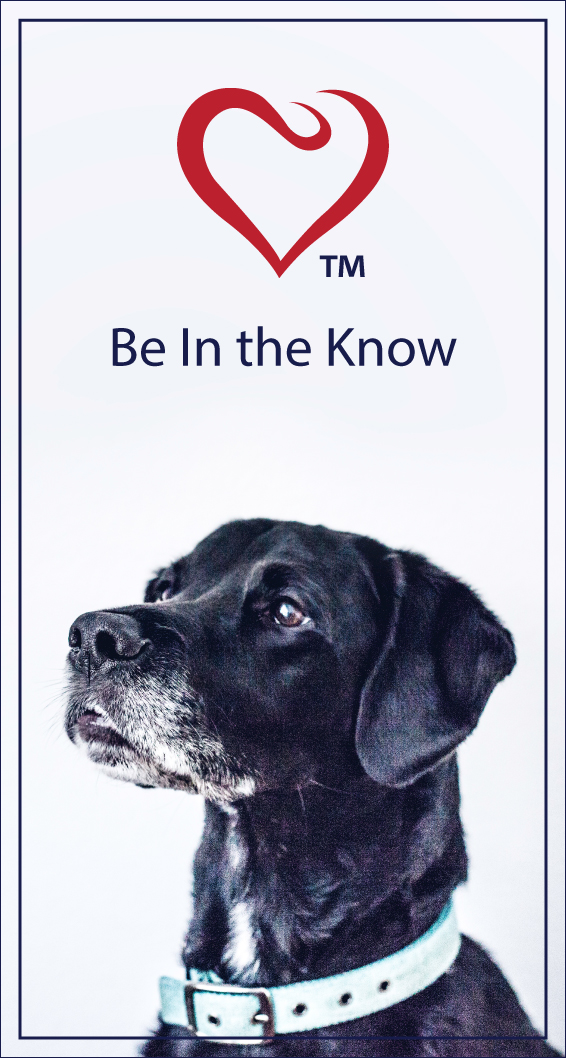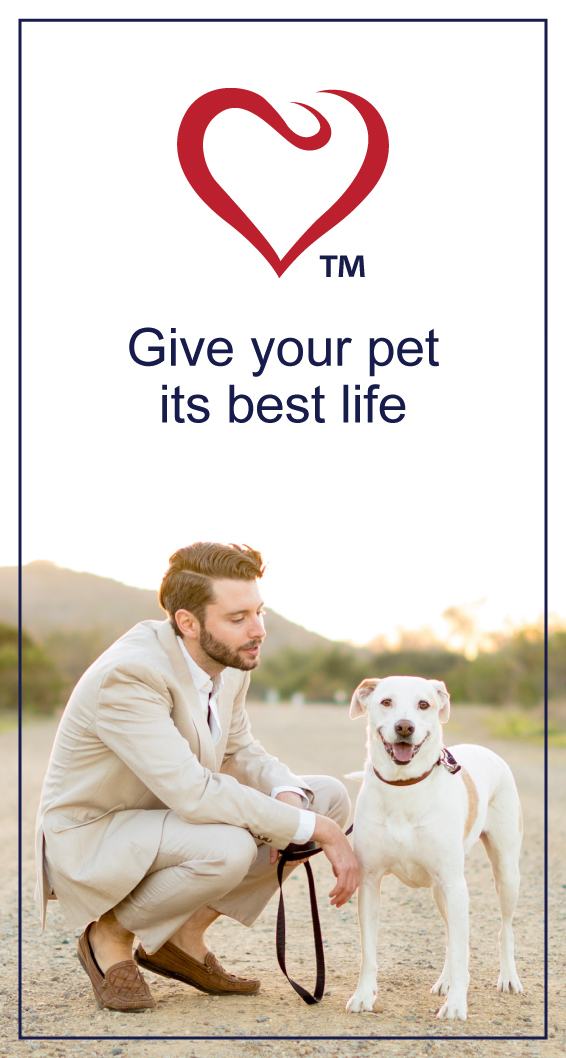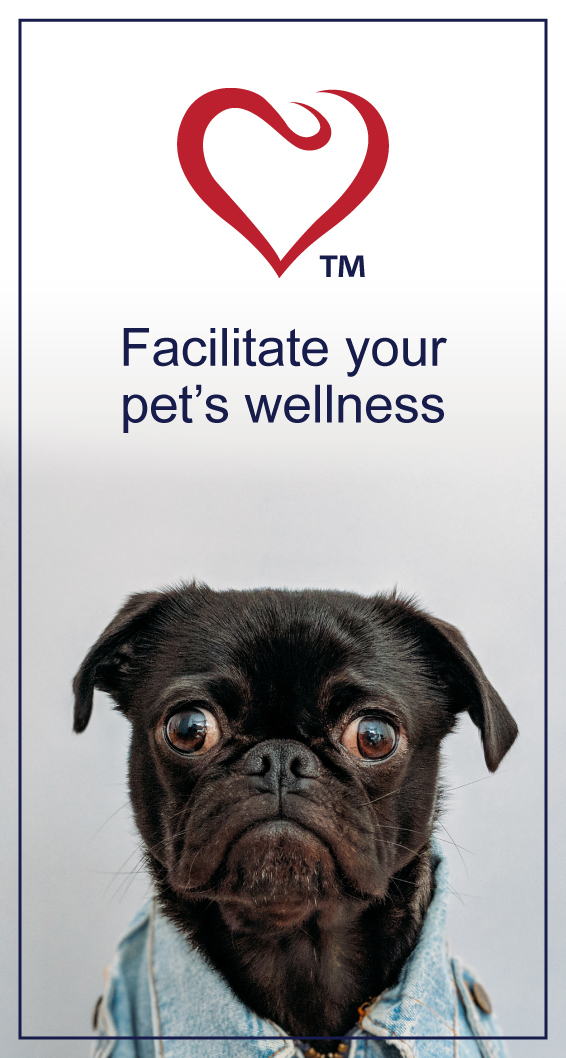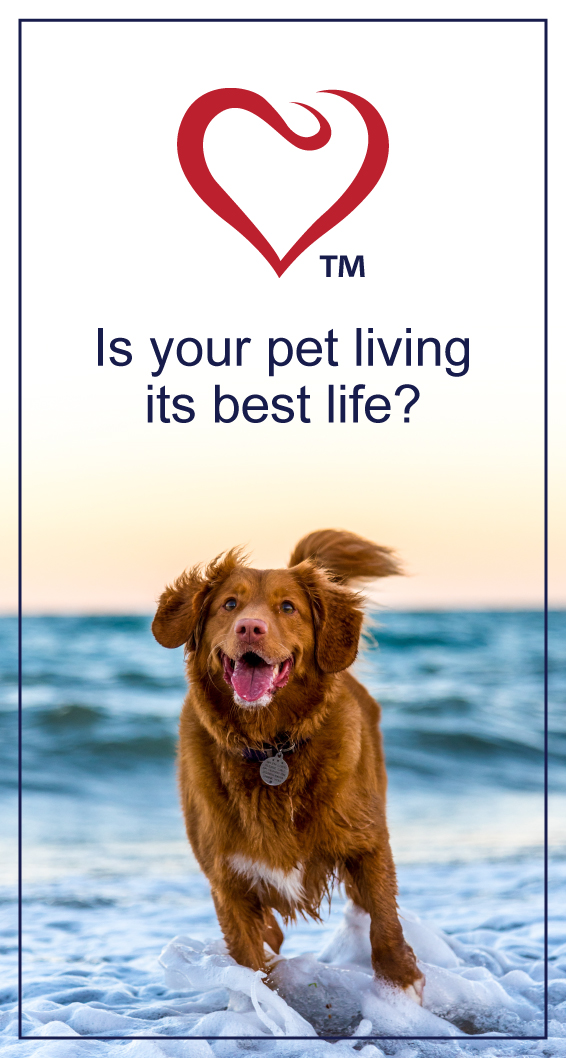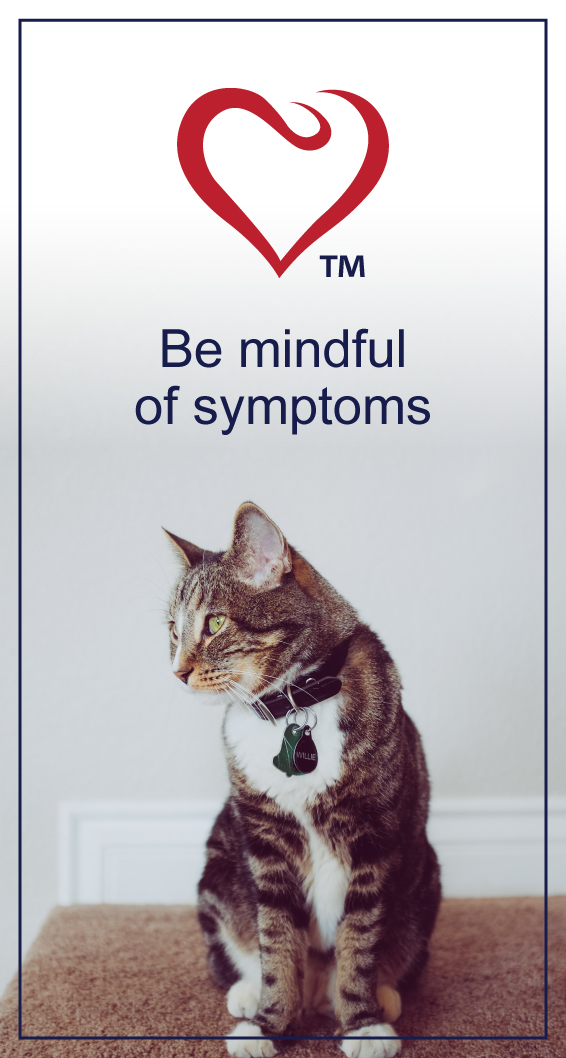HEALTH & WELLNESS

TRENDING
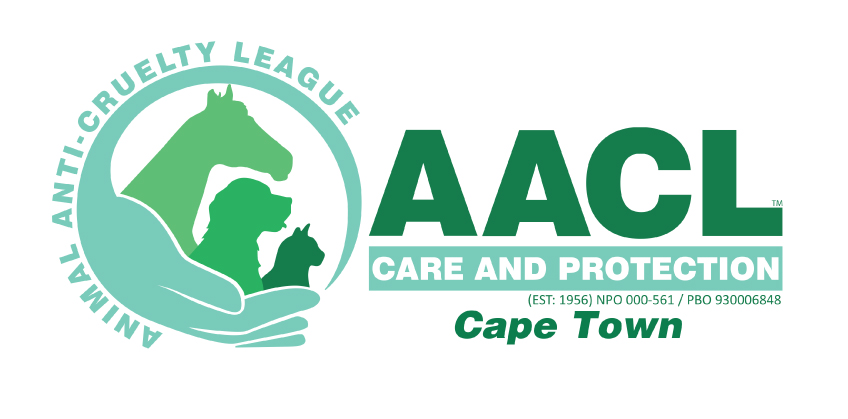
We’re excited and honoured to feature South Africa’s second largest independent animal welfare organisation on PetlifeSA.
STRESS IN DOGS
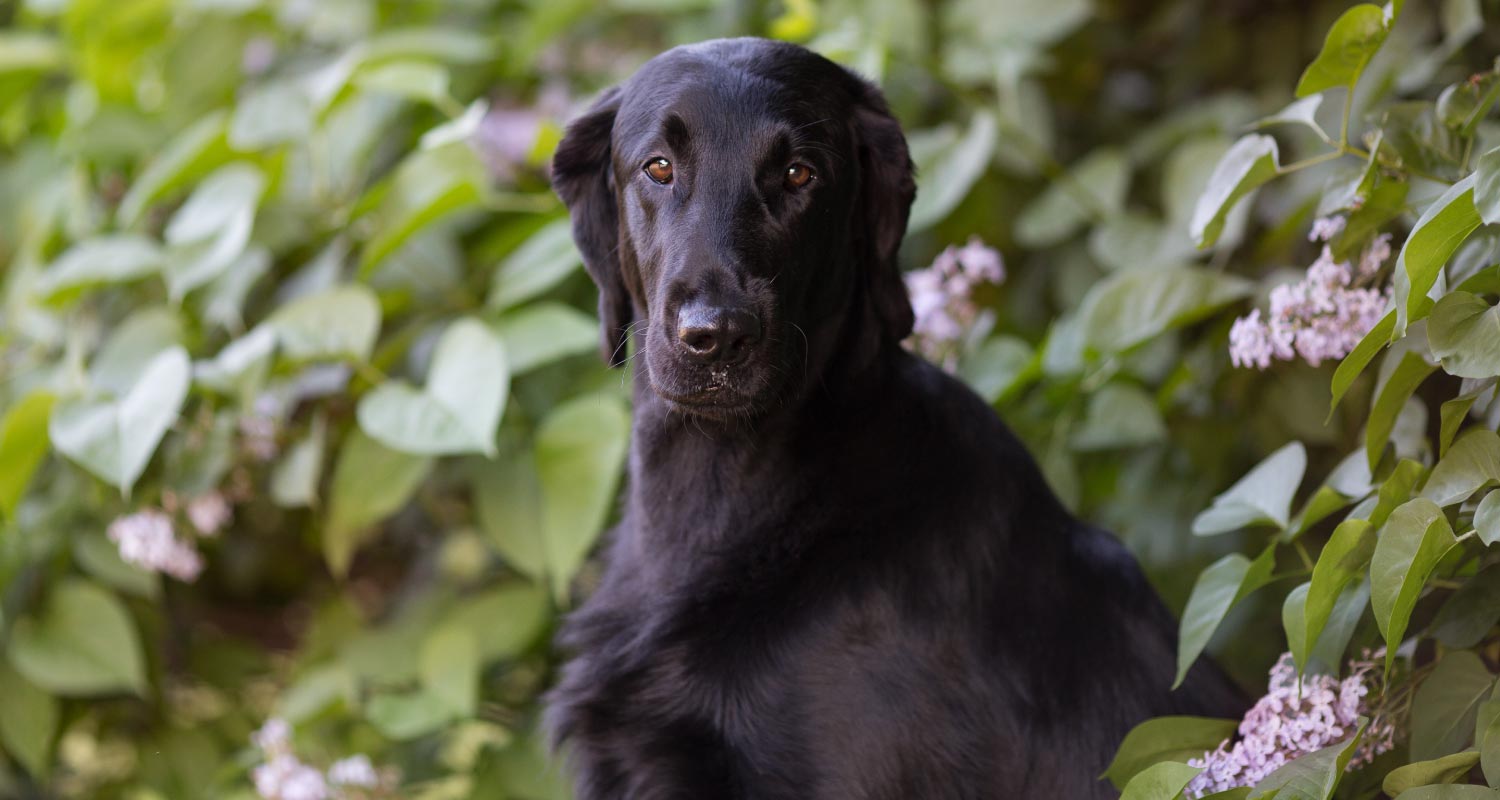
OVERVIEW
Dogs, like humans, can experience chronic stress causing a variety of physical issues that can develop into serious health problems.
Prolonged stress may also affect a dog’s emotional state making him more aggressive or potentially dangerous. Stress or anxiety are more common in dogs than we think. Dogs can’t verbalise their stress, worry or anxiety, but they do communicate their emotional state through body language and behaviour.
To avoid dogs becoming chronically stressed, it is important to notice the signs of stress at an early stage and introduce intervention tactics as soon as possible.
SIGNS OF STRESS IN DOGS
There are many different signs of anxiety; some are subtle while others are not. Recognising these signs is the first step in creating a safe, comfortable space for a dog. It’s important to consider what could be triggering the stress.
The main signs that a dog has anxiety include:
- Changes in general behaviour
- Cowering behaviour or a desire to hide
- Loss of interest in things like walks and treats
- Decrease in appetite
- Destructive behaviour
- Urination in the house or other inappropriate bathroom behaviour
- Excessive barking or crying
- Anxiety as you get ready to leave
- Excessive panting
- Shaking or tucked-in tails
- Trying to escape
- Diarrhoea, constipation or other digestive issues
- Licking and biting himself
- Aggression toward people or other animals
- Excessive drooling or shedding
- Excessive pacing
- Increased sleeping
Because these can be generalised symptoms, diagnosing anxiety in your dog can be a challenge. It’s important to take note of the situation and context when these behaviours arise and recognise triggers that can be causing these problems.
This information will help your veterinarian when diagnosing the underlying issues of the stress.
CAUSES
There is no one single cause for anxiety in dogs. Each dog is unique and reacts differently to the external environment.
Main contributors to dog anxiety include:
- Separation Anxiety: This is triggered when the dog becomes fearful and upset as soon as he is separated from his guardians.
- Noise Anxiety: Fear of and the corresponding stress responses to loud noises. This may be triggered by noises, such as fireworks, thunderstorms, vacuum or even bird noises. Noise anxiety can tie in to phobias.
- Phobias: An external trigger or situation that causes an intense and persistent fear. Common phobias include: strangers, children, other animals, being restricted, hats, sunglasses and car rides.
- Pain or illness: If a dog has a health condition and is in pain, he may develop some form of fear or anxiety associated with an external trigger.
- Age: An elderly dog that is experiencing changes within his nervous system may react fearfully to an external situation.
- Traumatic Experiences: In unfamiliar situations or new surroundings dogs can become fearful and anxious, especially if they have experienced trauma earlier in life.
- Deprived Early in Life: If a dog has not been socialised or has been contained in a confined space without environmental exposure, he may develop anxiety as well.
HOW TO HELP EASE ANXIETY IN DOGS
Every dog is unique. What works for one dog may not work for another, and it often takes some experimentation to figure out what plan of action will work best for your dog.
Some dogs learn to manage their phobias through behaviour modification alone. Others may need the help of drug therapies, like anti-anxiety medication.
Your veterinarian will be able to recommend the appropriate treatment plan.
Related Articles
